- -10%
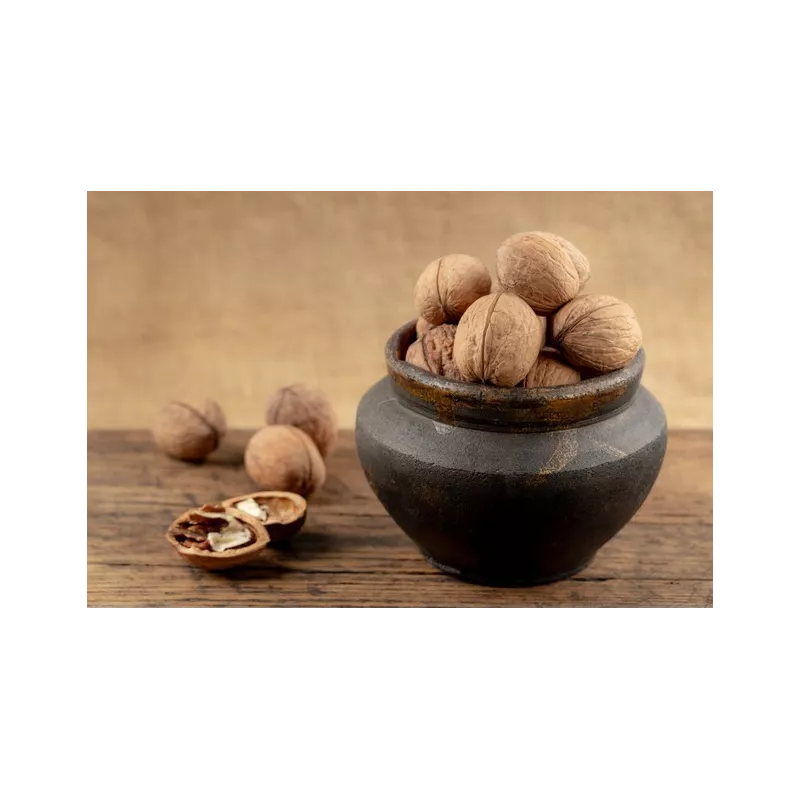
10% off sitewide at HECOSFAIR until 11-03-2025.
Every order helps life grow — a tree is planted in your name, offered by HECOSFAIR.
Free delivery for mainland France from 50€, from 99€ for Europe & from 199€ for countries outside Europe.












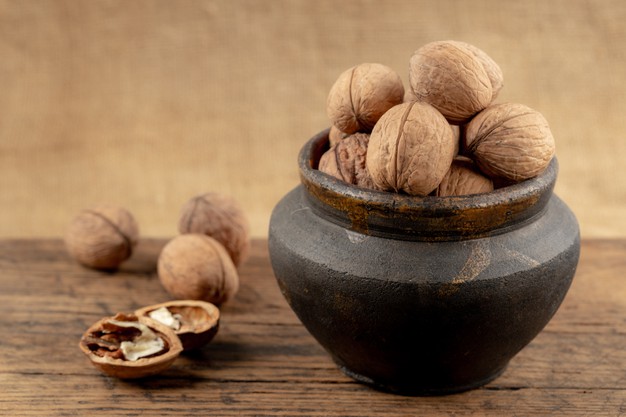
Our tasty extra organic walnut kernels come to us directly from producers in Périgord.
Our tasty organic walnut kernels come directly from Périgord producers.
They benefit from the prestigious PDO label, protected designation of origin, a European label which guarantees their origin.
They also benefit from the prestigious AOC label, controlled designation of origin, a French label which guarantees its terroir at the national level.
They are grown in the traditional way in pretty mills or on family farms.
Our delicious walnuts, with a subtle taste, are to be enjoyed on their own, as an aperitif.
They will sublimate your salads, your dishes, your mueslis and your desserts.
They are rich in B0 vitamins and they are a powerful antioxidant.
They fight against cholesterol and promote the heart system.
Our tasty organic walnut kernels are a product from organic farming, certified by FR-BIO-01.
They are marketed in a recyclable kraft zipped bag or in a jute bag.
 Once the package has been opened, we advise you to keep the product in a cool, dry place, away from light and humidity, so that it retains all its nutritional and taste qualities.
Once the package has been opened, we advise you to keep the product in a cool, dry place, away from light and humidity, so that it retains all its nutritional and taste qualities.
 Do not consume this product in case of allergy to shelled fruits and oilseeds (nuts).
Do not consume this product in case of allergy to shelled fruits and oilseeds (nuts).

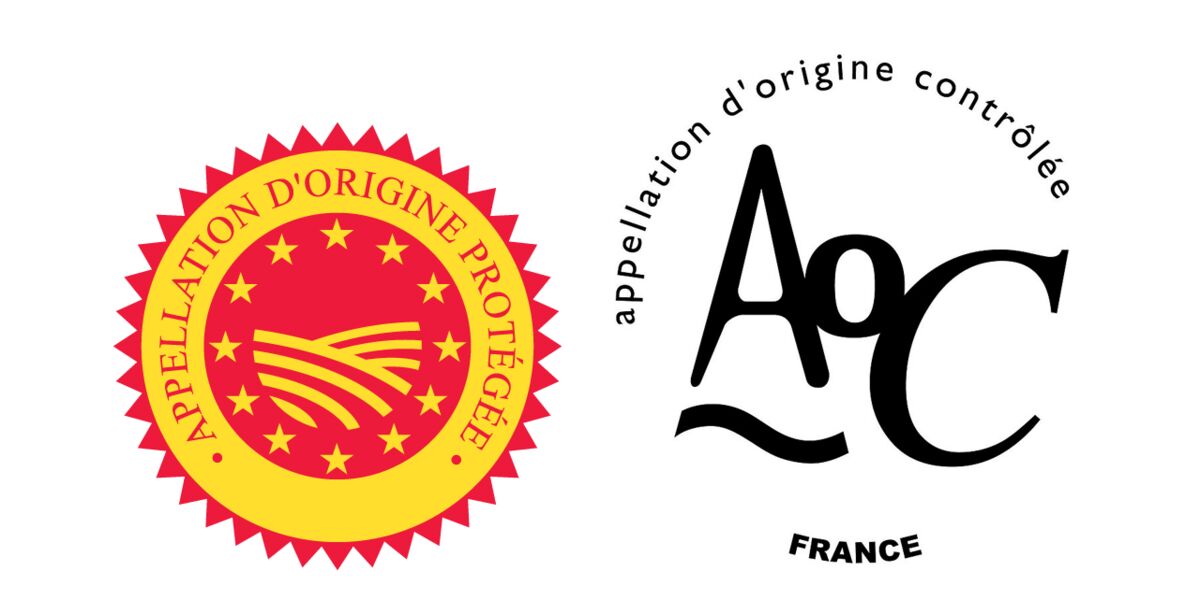





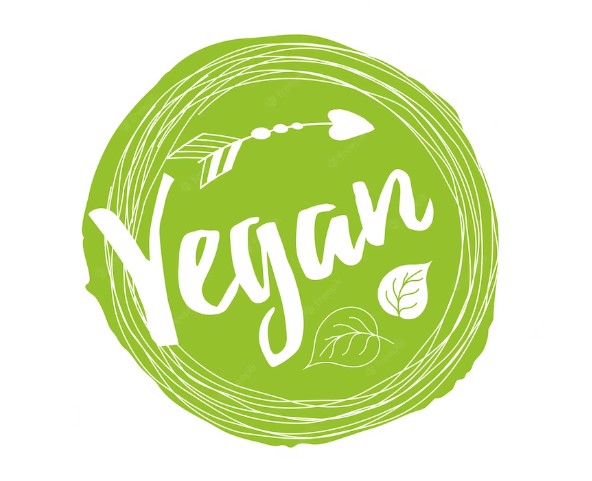
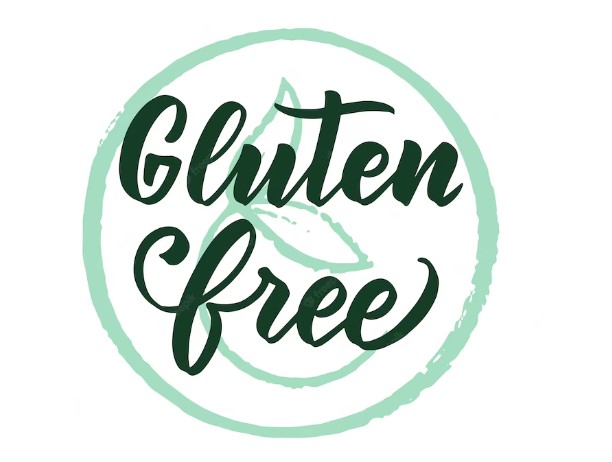

100% secure payment with PayPal & PayPlug – cards & 4x installments

Free delivery from €50 in France, €99 in Europe & €199 worldwide

Returns within 14 days (under certain conditions)
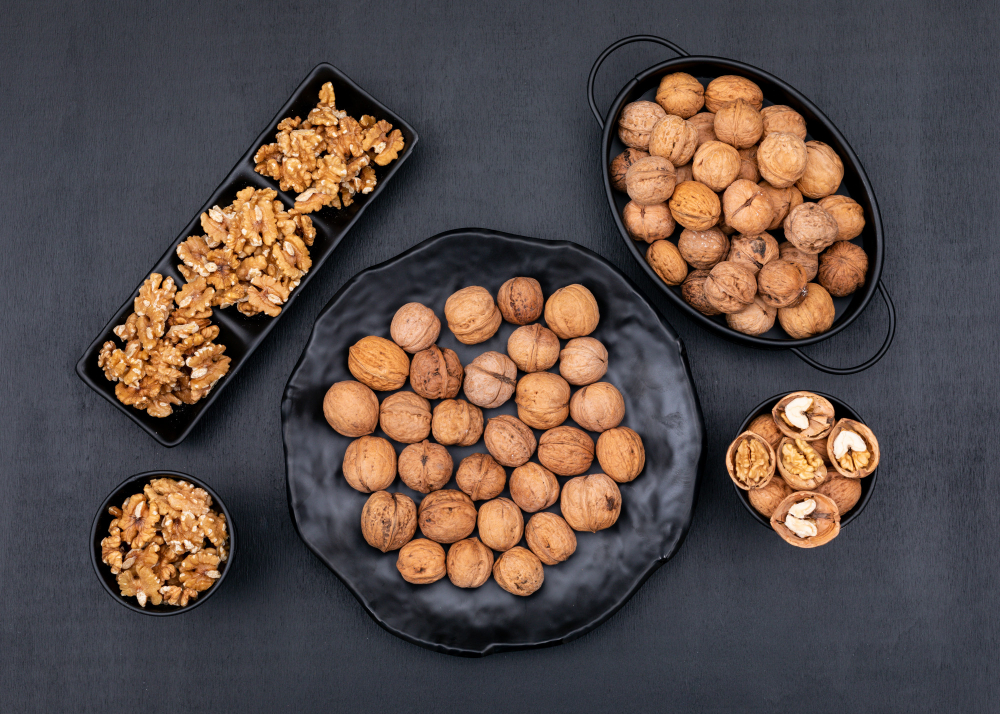
Nutritional value 100g:
KJoules: 2890 kj
KCalories: 700 kcal
Proteins: 13.3 g
Carbohydrates: 6.88 g
Sugars: 3 g
Fat: 67.3 g
Saturated Fat: 6.45 g
Fiber: 6.7 g

Vit. C: 0.77 mg
Vit.E: 1.67 mg
Vit.A: 20.7 μg
Vit.D: 0.25 μg
Salt: 0.13 g
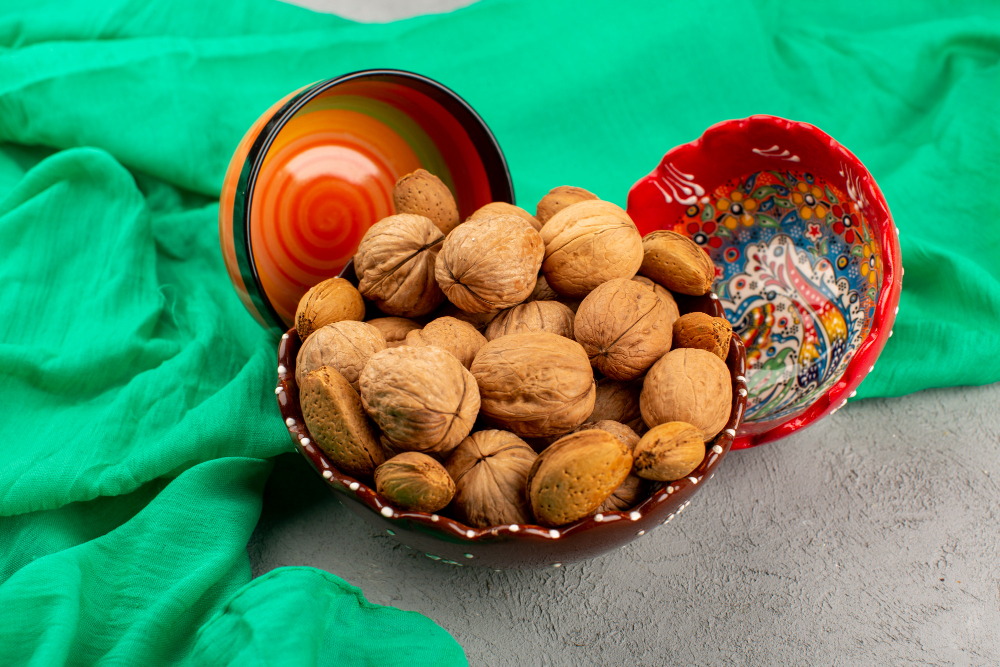
We love it all the way! We taste it sweet, salty and it is good for our palate and our health. But do we know her so well?
The walnut is an edible nut fruit that has been popular since the days of cavemen. The Cro-magnons were already using it to make oil. It was even used as a bargaining chip.
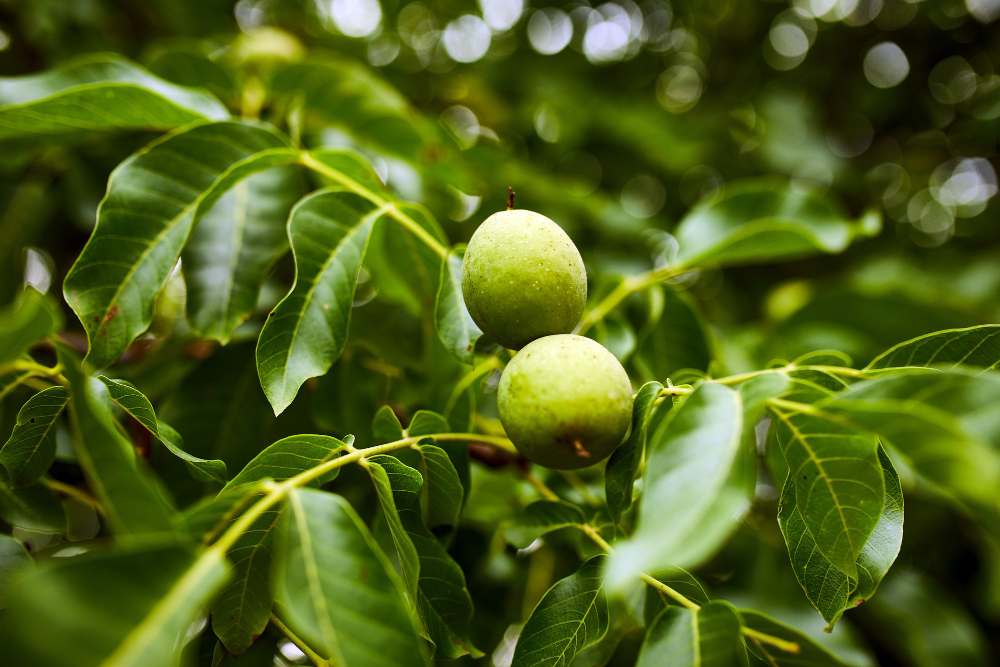
The walnut is produced by walnut trees. This tree of the genus Juglans L., belongs to the Juglandaceae family. Its habit is majestic, its trunk smooth and clear, and its fruits are covered with a green bark called husk. The latter is also used to make walnut stain tincture.
Walnut can be grown in a walnut grove by walnut growers and it can grow wild in the wild.
When the husk turns brown, splits open, and drops the nut to the ground, it's time to collect nuts.
The nuts are harvested from mid-September until the end of October depending on the year, region and variety.
These dry nuts can continue to air dry on shelves, for example, and will keep for a long time.
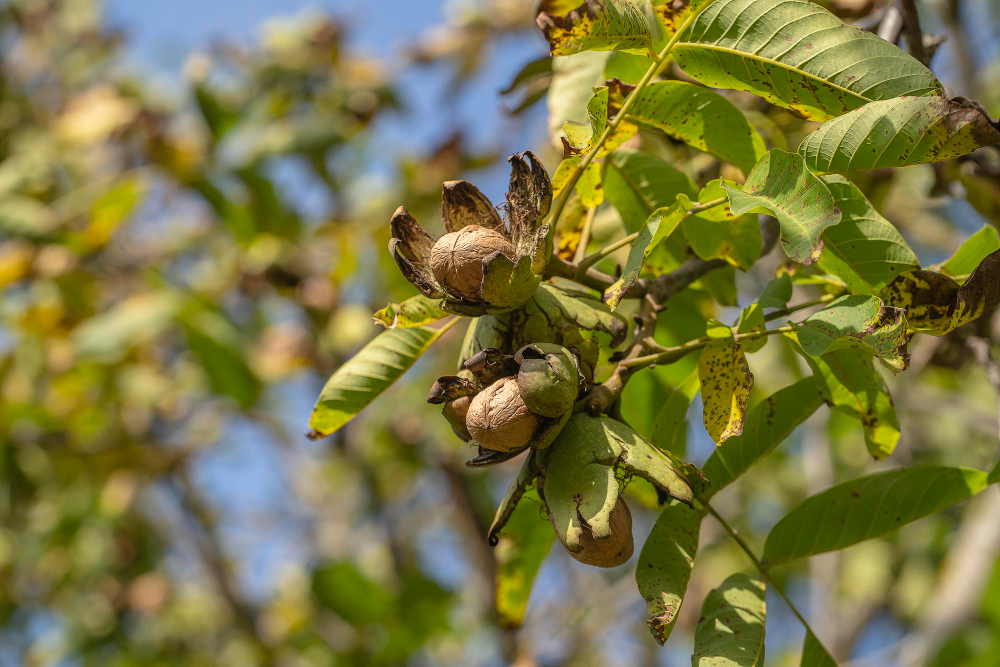
The Périgord walnut is a controlled designation of origin (since May 2002) and protected (since August 2004), which designates fresh or early walnuts, dry walnuts and walnut kernels, produced in a specific area.
The Périgord walnut is produced by farmers in several municipalities in the departments of Aveyron, Charente, Corrèze, Dordogne, Lot and Lot-et-Garonne.
Trees are planted at a density of less than 125 per hectare.
The yield is limited to four tonnes per hectare.
Bleaching nuts with bleach is prohibited.
In 2005, 4,000 hectares were in production for a harvest of 3,000 tonnes.
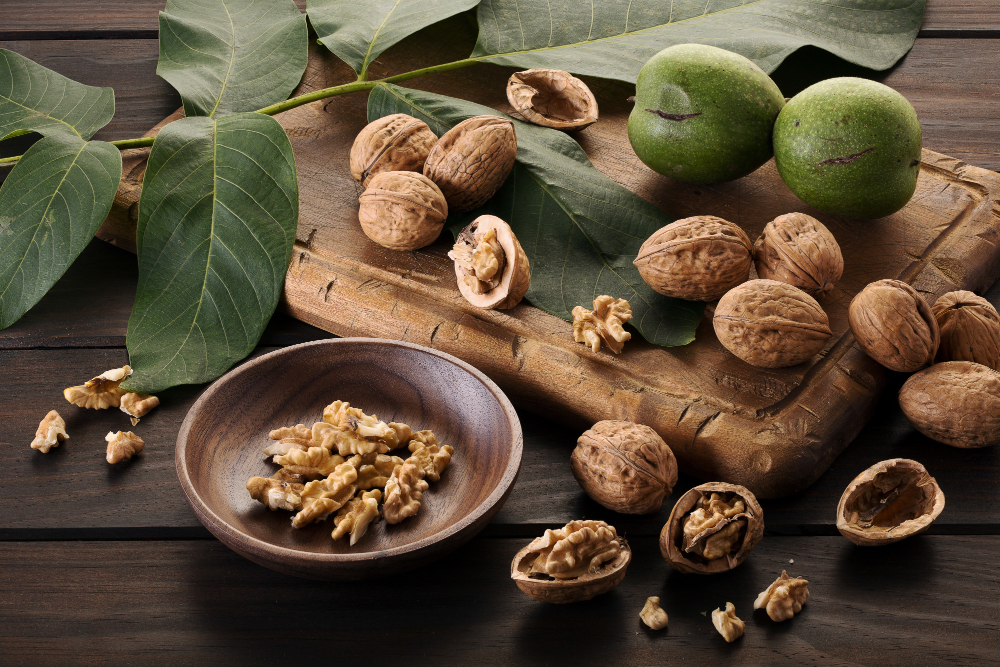
There are 3 kinds of Nuts:
Fresh or early walnuts: marbot or franquette varieties.
It is a nut that is harvested before maturity. It is cleared of its husk and consumed quickly.
Dry walnuts: marbot, franquette or horn varieties.
They are harvested when the husk is dry. They are put to dry on trestles or by artificial ventilation at 30 ° C.
Walnut kernels: franquette, horn and grandjean varieties.
They are extracted manually.
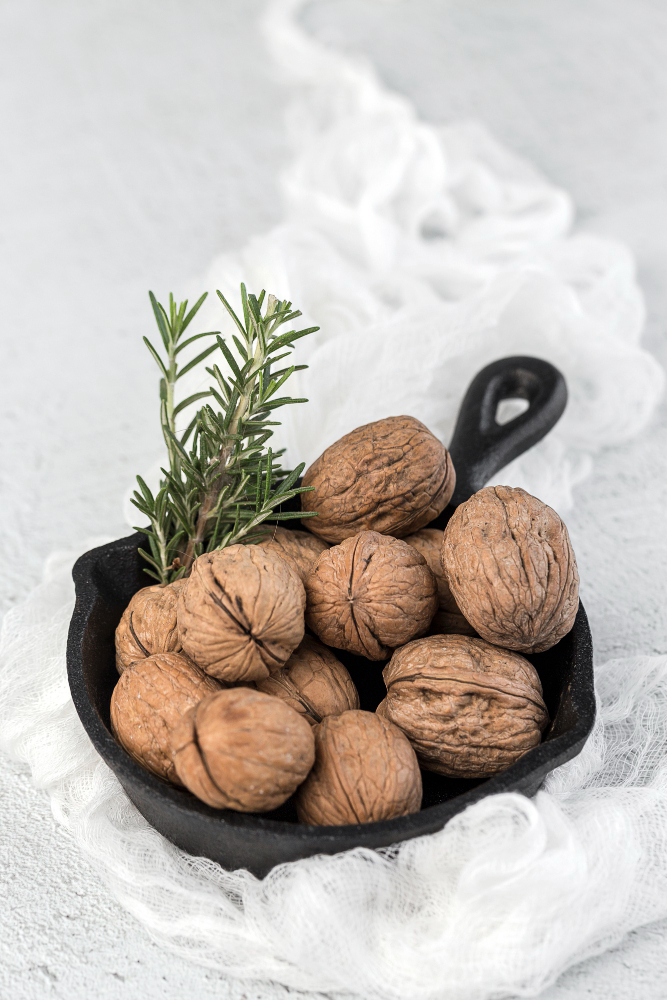
Walnuts are a treasure trove of health, complementing a varied, balanced diet and a healthy lifestyle. Very energetic (580kcal / 100g), it is also very rich in lipids (60%).
It provides vitamins E, B3, B5 and B6, potassium, magnesium, phosphorus, and fibers, considered, along with vitamin E, as antioxidant protective factors.
Walnuts produce a fatty oil with a high content of polyunsaturated fatty acids, mainly oleic acid (monounsaturated fatty acid), linoleic acid and linolenic acid (omega-3 essential fatty acid).
The nut has proven antioxidant properties and its consumption helps to lower blood cholesterol levels, especially its most harmful part.

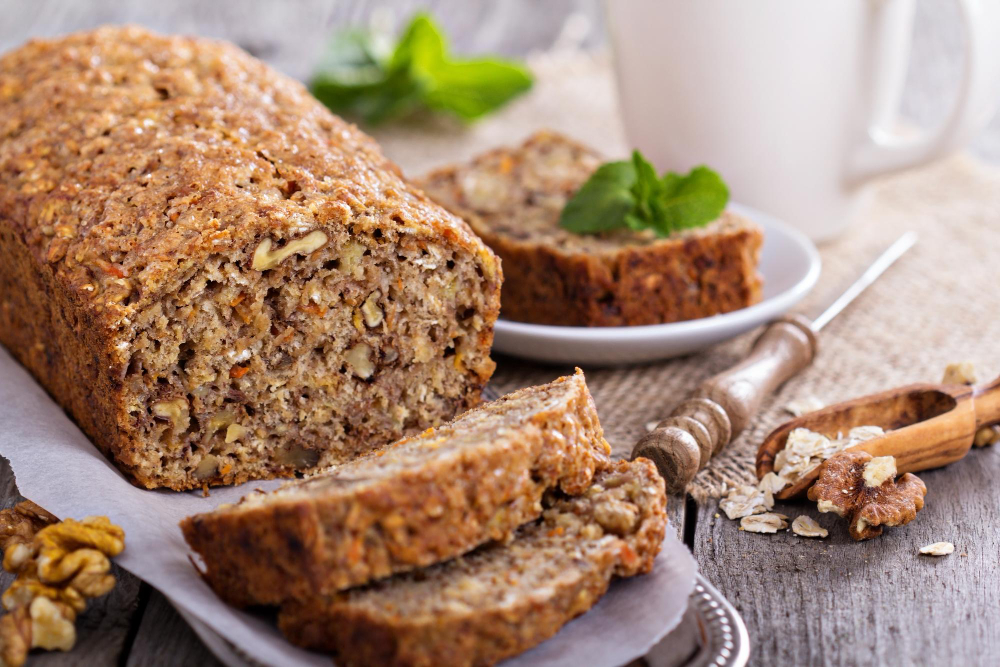
Dissolve the baker's yeast in 10 cl of lukewarm water and let stand for 30 minutes. This will activate the ability to ferment yeasts.
In the bowl of a food processor or a large salad bowl, pour the sifted flour, honey, oil, crushed walnuts, 10 cl of water with the yeasts and add 20 cl of lukewarm water. On the rim furthest from the yeast, add the salt.
Using the hook of your robot, knead the dough until you obtain a homogeneous preparation.
If you are doing it by hand, knead the dough for a long time and firmly. This is sticky, which is quite normal for gluten-free bread dough. If you find that there is not enough water and the dough is too crumbly (which can happen depending on the flour used), add an additional 1 or 2 cl of lukewarm water.
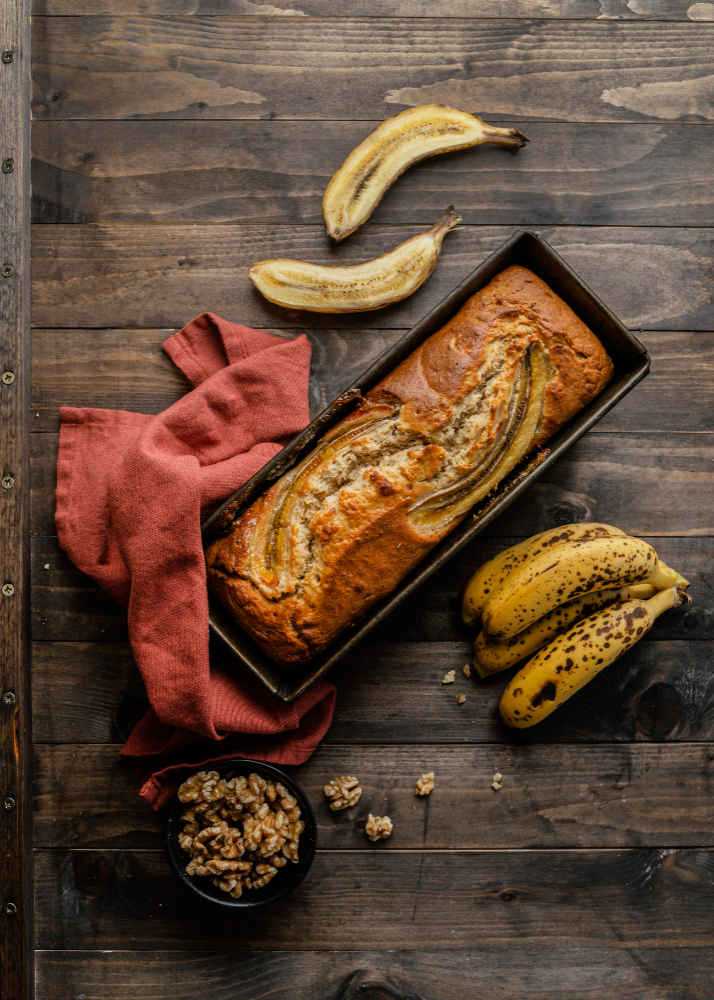
Then place the dough in a cake mold (oiled and floured beforehand). Smooth it over the top with your fingers under lukewarm water. Score the bread lengthwise so that it swells evenly. Then let the dough rise for 1 hour in a warm place (around 36 ° C) and away from drafts.
When the dough has doubled in size, brush the top of the bread with a little olive oil. Cook for 40 to 50 minutes in an oven preheated to 180 ° C.
The bread is done when it sounds hollow when you pat the underside. It keeps fairly well for 48 hours.
Enjoy!
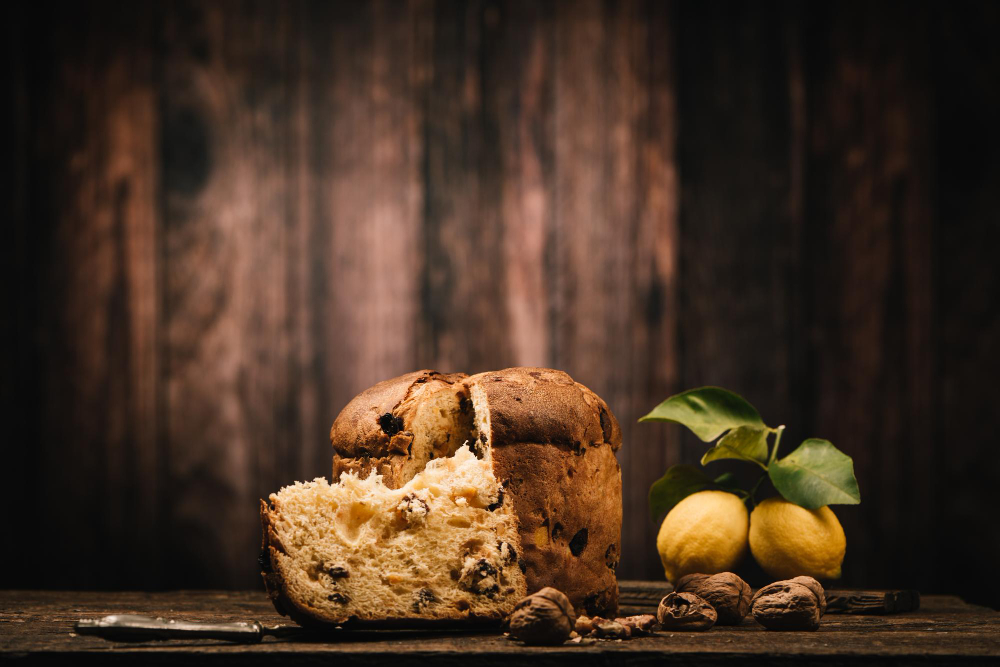
Serve with plum or apple compote.
Turn out cold onto the serving dish. Sprinkle with icing sugar and decorate with the walnut kernels.
Oil and flour a mold with rice flour (pastry mold with high edge and molded). Pour in the preparation and put in the oven for 45 minutes.
Stir in the nut / date mixture.
Beat the egg yolks and sugar to obtain a white and frothy mixture. Add the rum.
Preheat the oven to 150 ° C (th. 5). Mix the nuts with the pitted dates.
Enjoy!
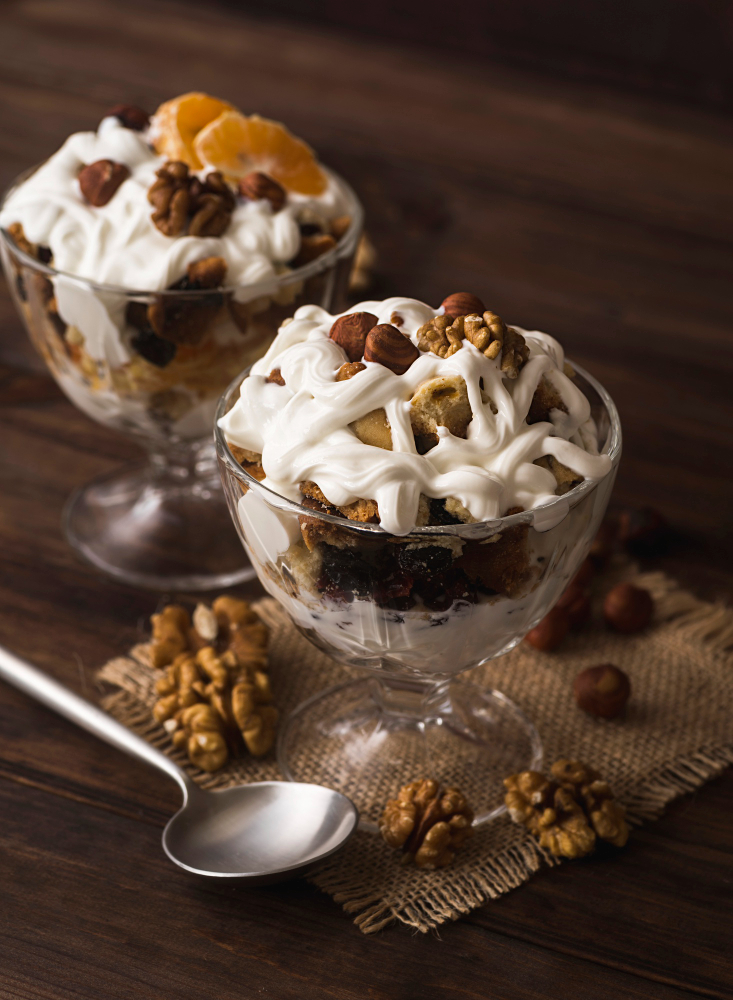
Roast the nuts for 15 minutes at 180 ° C (thermostat 6).
Meanwhile, put the milk and cream in a saucepan.
Add the vanilla pod, cut in half and scraped with the tip of a knife.
Heat to the limit of boiling.
Turn off the heat and let the vanilla infuse for 15 minutes.
Put the nuts in a bowl, drown them with a little milk from the pan and mix as finely as possible.
In a salad bowl, blanch (whisk until lightly blanched) the egg yolks with the sugar.
Remove the vanilla bean from the pot, and pour its contents over the egg yolks. Add the mixed nuts.
Return to low heat for a few minutes, stirring until thickened: the preparation should coat the spoon.
Let cool completely and turbinate.
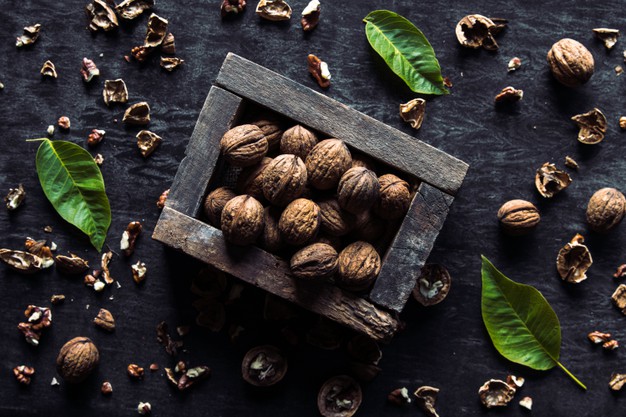
You understand ! The walnut by its taste, its finesse and its vitamins, for its marriage with all types of dishes, from muesli to dessert, including snacks and salads, has seduced adults and children since prehistoric times.
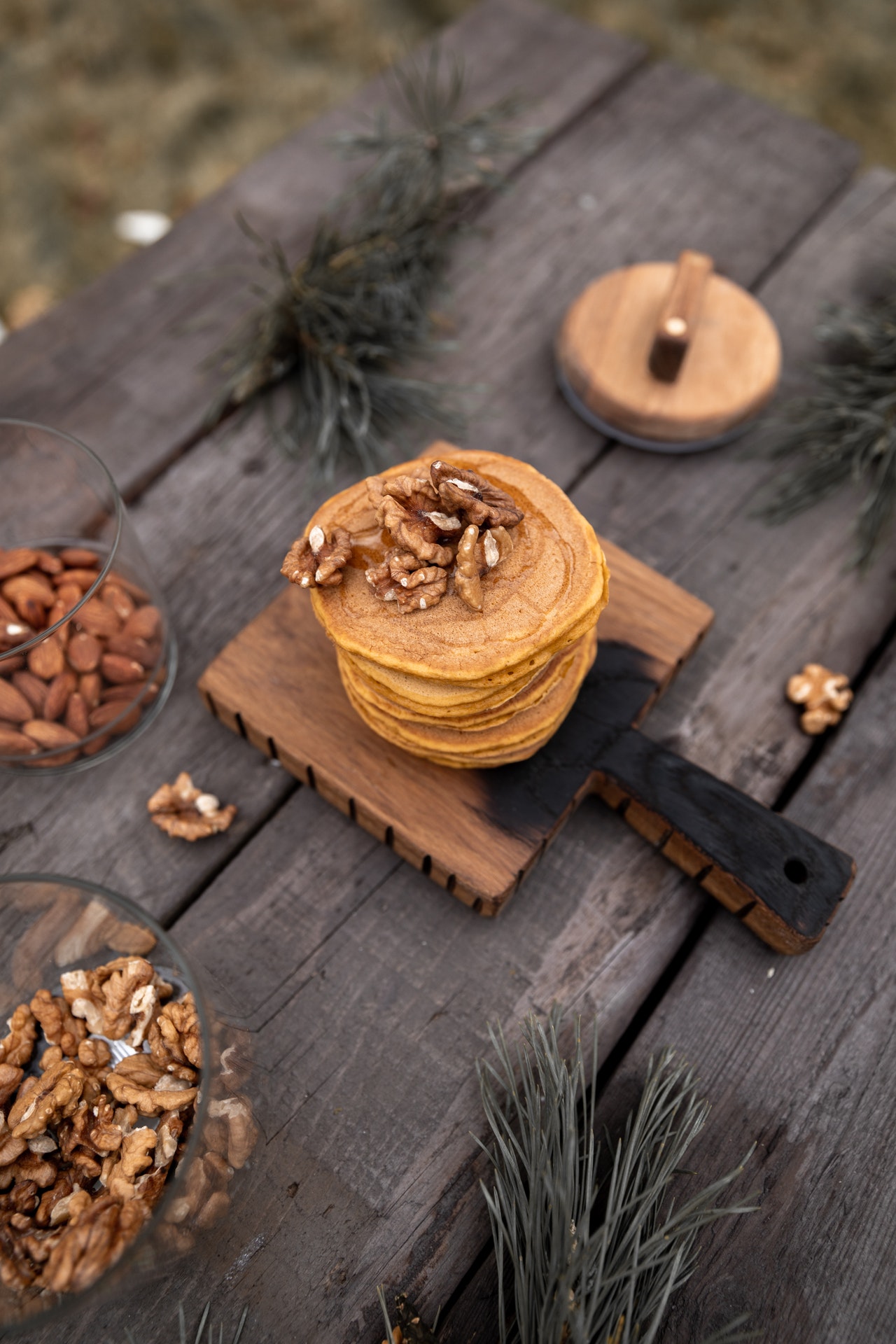
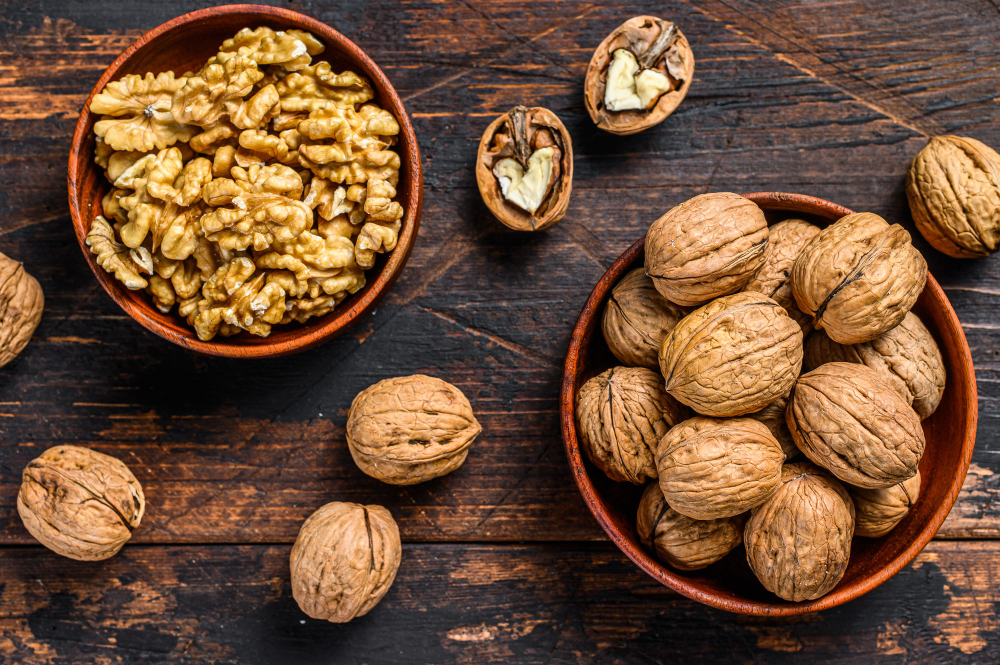

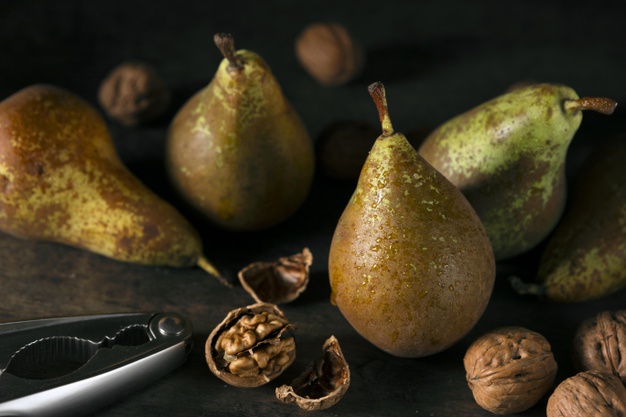

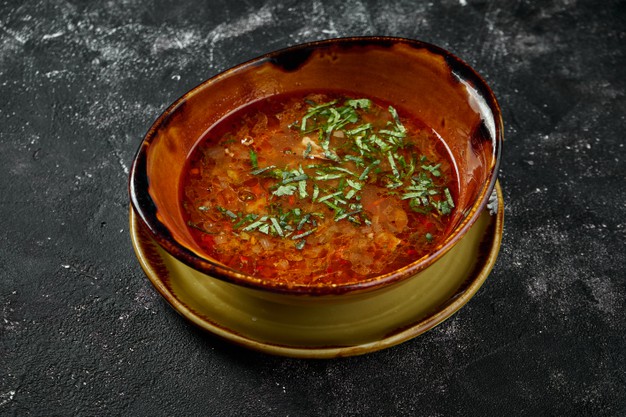
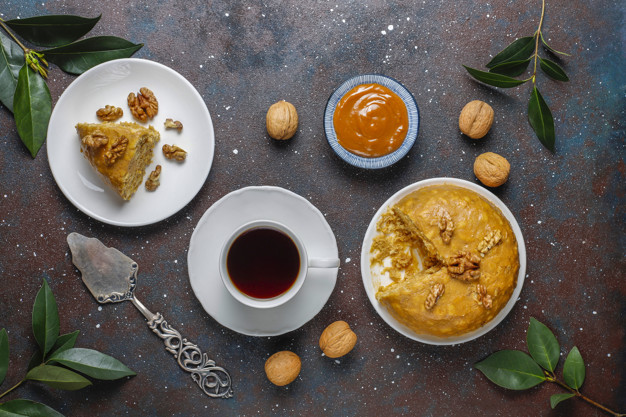
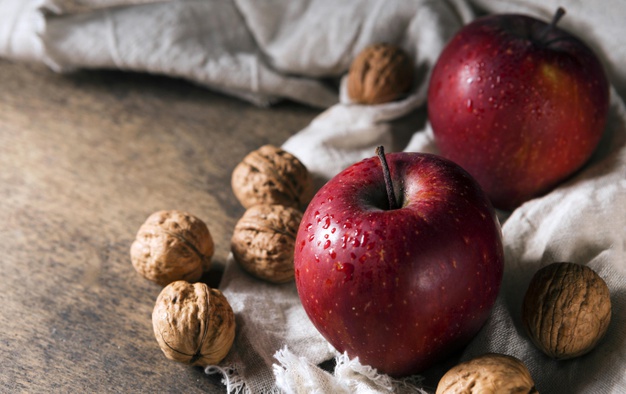

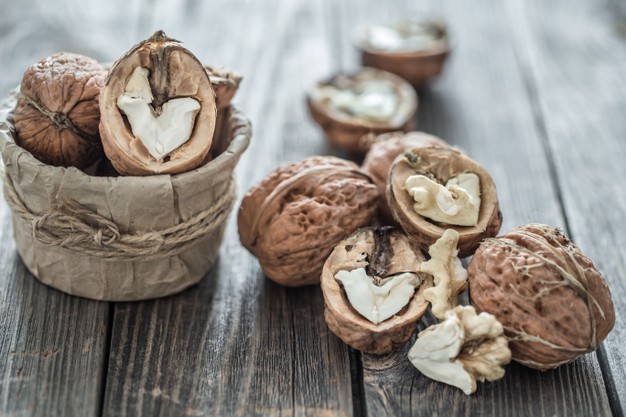
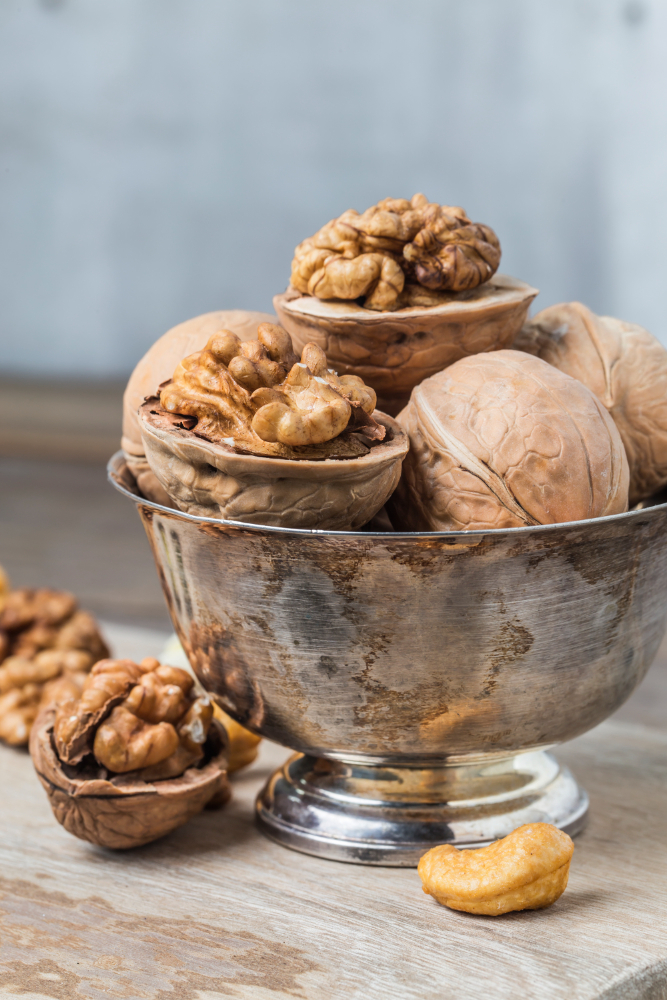
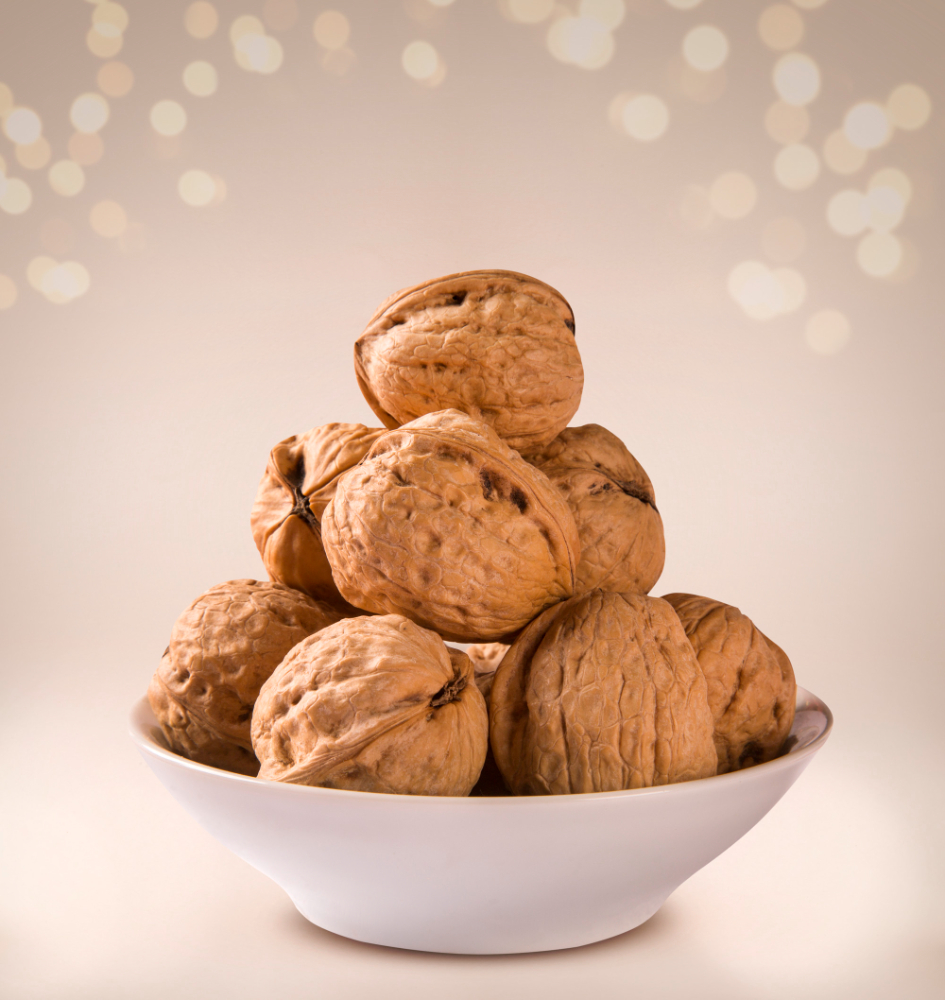
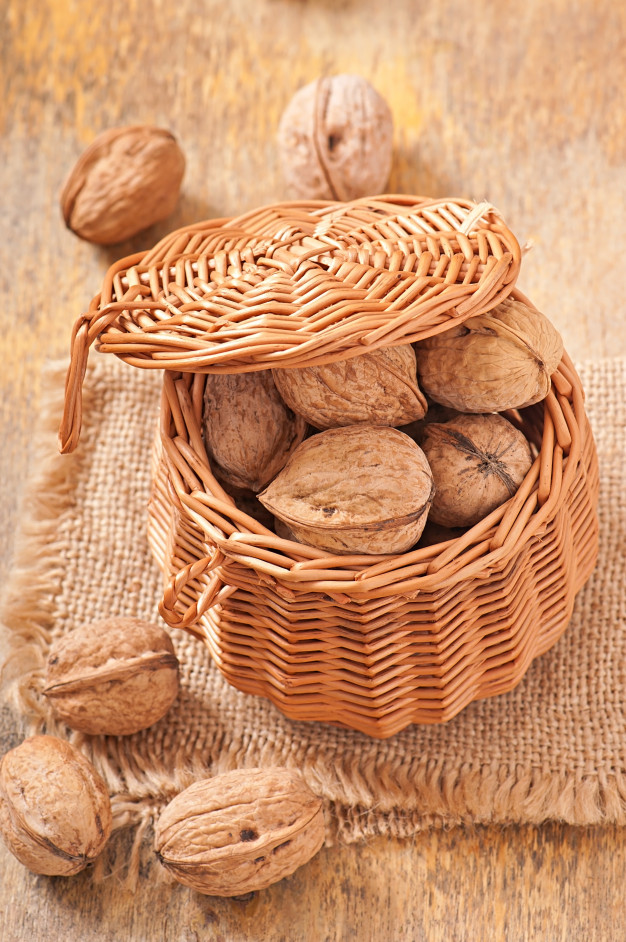

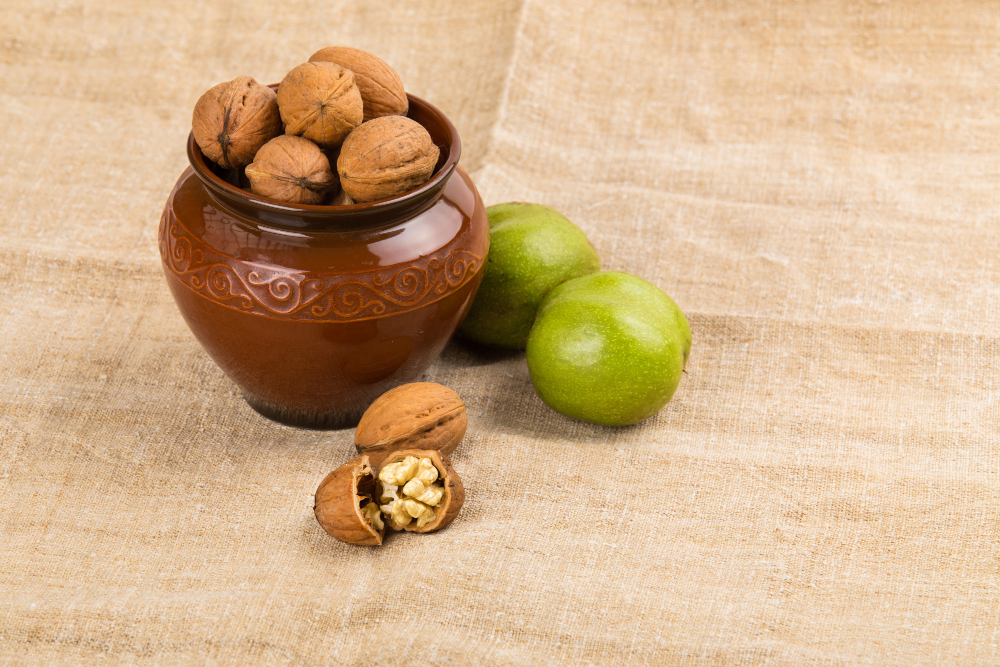

Let yourself be charmed by the aromatic elegance of our organic Brontë PDO skinned pistachios, a Sicilian jewel grown on the volcanic slopes of Mount Etna.
Nurtured by mineral-rich lava soil and the Mediterranean climate, they reveal a refined, intense and delicately buttery flavour, truly unlike any other.
Certified PDO – Protected Designation of Origin, they carry Europe’s highest guarantee of authenticity, origin and excellence.
Harvested and processed in Brontë by a family-run estate that has preserved this precious know-how for generations, these organic pistachios embody Sicilian heritage, patience and culinary artistry.
The harvest takes place only every other year — allowing the trees to regenerate and the pistachios to concentrate all the nobility of the terroir and the strength of the volcano.
Naturally rich in vitamins E and B, magnesium, calcium, iron, antioxidants and plant-based proteins, they are a valuable source of vitality — ideal also for vegetarian diets.
Skinned (without the outer peel) for ease of use, they offer a smooth, refined texture and elevate sweet and savoury dishes alike — from pastries and desserts to gourmet recipes and drinks.
A small handful a day supports wellness, radiant skin and natural antioxidant protection.
A biological treasure of Italian gastronomy, selected with care for you.
HECOSFAIR sources directly from Italian producers through short supply chains, ensuring freshness, traceability and authenticity in every product.
🌡️ Once the package has been opened, we advise you to keep the product in a cool, dry place, away from light and humidity, so that it retains all its nutritional and taste qualities.
⚠️ Do not consume this product in case of allergy to shelled fruits and oilseeds (nuts).



![]()


![]()

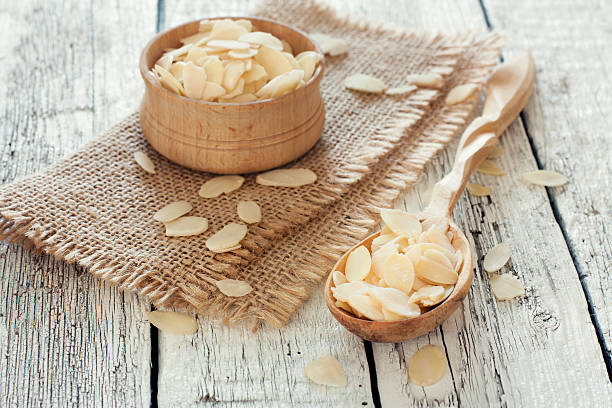
Our tasty raw flaked almonds come to us from small family businesses in France.
They are ideal for your snacks, dishes, desserts and pastries.
Packed with vitamin E and B, magnesium, calcium, iron and protein, they are a good alternative for a meatless diet.
Contrary to popular belief, oilseeds, including almonds, do not make you fat.
They increase the satiety effect and slow down the absorption of lipids.
They are a product from organic farming, certified by FR-BIO-09 or FR-BIO-01.
They are sold in a recyclable kraft zipped bag.
 Once the package has been opened, we advise you to keep the product in a cool, dry place, away from light and humidity, so that it retains all its nutritional and taste qualities.
Once the package has been opened, we advise you to keep the product in a cool, dry place, away from light and humidity, so that it retains all its nutritional and taste qualities.
 Do not consume this product in case of allergy to shelled fruits and oilseeds (nuts).
Do not consume this product in case of allergy to shelled fruits and oilseeds (nuts).








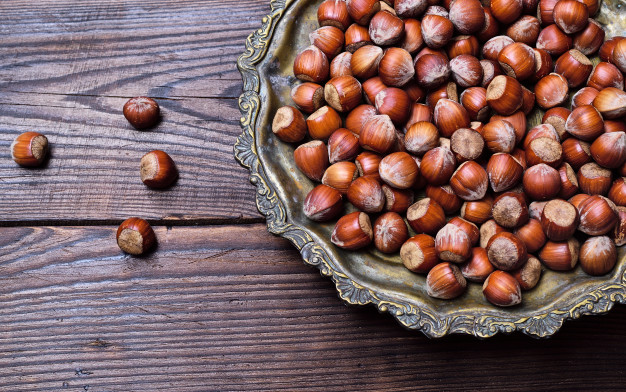
Our tasty organic hazelnuts in Corsica shell come from small family businesses in Corsica, the French island of beauty.
Most are in the process of converting to organic farming.
They contain vitamin E, an antioxidant that protects our body against harmful oxidations.
By consuming foods rich in antioxidants, the body's defense mechanism can be strengthened.
They must also provide the body with vitamin B1, niacin, vitamin B6, biotin, iron, magnesium, phosphorus, potassium, zinc, copper and manganese.
Our tasty organic hazelnuts in Corsican shell will sublimate your dishes, your desserts, your pastries and can also be tasted alone.
It is a product from organic farming, certified FR-BIO-01.
They are sold in a recyclable kraft zipped bag.
 Once the package has been opened, we advise you to keep the product in a cool, dry place, away from light and humidity, so that it retains all its nutritional and taste qualities.
Once the package has been opened, we advise you to keep the product in a cool, dry place, away from light and humidity, so that it retains all its nutritional and taste qualities.
 Do not consume this product in case of allergy to shelled fruits and oilseeds (nuts).
Do not consume this product in case of allergy to shelled fruits and oilseeds (nuts).








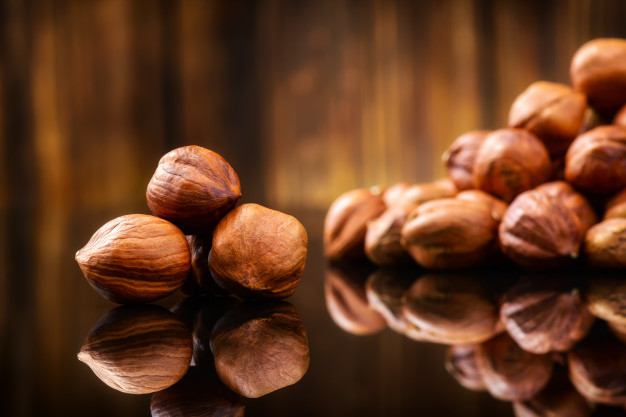
Our tasty organic and raw hazelnuts come from small family businesses in France.
They contain vitamin E, an antioxidant that protects our body against harmful oxidations.
By consuming foods rich in antioxidants, the body's defense mechanism can be strengthened.
They must also provide the body with vitamin B1, niacin, vitamin B6, biotin, iron, magnesium, phosphorus, potassium, zinc, copper and manganese.
Our tasty organic and raw hazelnuts from France will sublimate your dishes, your desserts, your pastries and can also be tasted on their own.
It is a product from organic farming, certified FR-BIO-16 or FR-BIO-01.
They are sold in a recyclable kraft zipped bag.
 Once the package has been opened, we advise you to keep the product in a cool, dry place, away from light and humidity, so that it retains all its nutritional and taste qualities.
Once the package has been opened, we advise you to keep the product in a cool, dry place, away from light and humidity, so that it retains all its nutritional and taste qualities.
 Do not consume this product in case of allergy to shelled fruits and oilseeds (nuts).
Do not consume this product in case of allergy to shelled fruits and oilseeds (nuts).








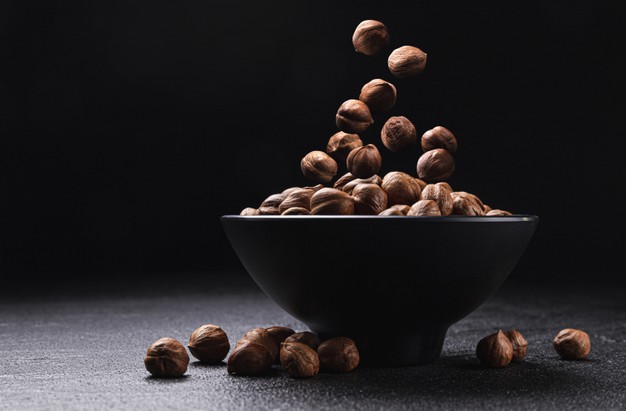
Our tasty Organic PDO Romana hazelnuts come from small family businesses in Catalonia, Italy.
They benefit from the prestigious PDO label, protected designation of origin, a European label which guarantees their origin.
They contain vitamin E, an antioxidant that protects our body against harmful oxidations.
By consuming foods rich in antioxidants, the body's defense mechanism can be strengthened.
They must also provide the body with vitamin B1, niacin, vitamin B6, biotin, iron, magnesium, phosphorus, potassium, zinc, copper and manganese.
Our tasty AOP romana hazelnuts will sublimate your dishes, your desserts, your pastries and can also be tasted on their own.
They are sold in a recyclable kraft zipped bag.
 Once the package has been opened, we advise you to keep the product in a cool, dry place, away from light and humidity, so that it retains all its nutritional and taste qualities.
Once the package has been opened, we advise you to keep the product in a cool, dry place, away from light and humidity, so that it retains all its nutritional and taste qualities.
 Do not consume this product in case of allergy to shelled fruits and oilseeds (nuts).
Do not consume this product in case of allergy to shelled fruits and oilseeds (nuts).









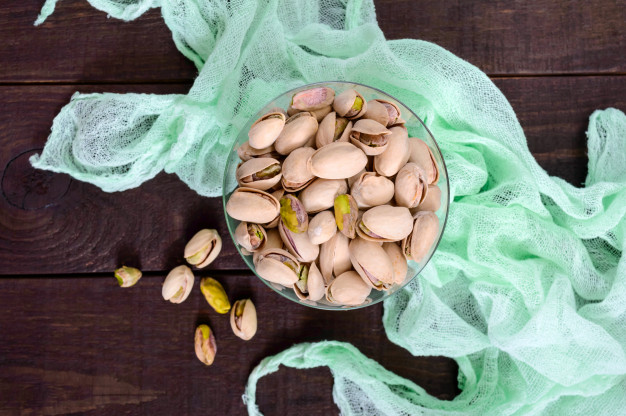
Let yourself be seduced by the fine flavor of our organic pistachios from PDO Aegina in shell, grilled & salt-free.
This exceptional flavor is due to the lava territory and the Mediterranean climate.
They benefit from the prestigious PDO label, protected designation of origin, a European label that guarantees their origin.
Our delicious organic Pistaches PDO from Aegina in shell, grilled & salt-free are grown and transformed on the island of Aegina, in Greece, by a family company that perpetuates their culture for several generations.
Full of vitamin E and B, magnesium, calcium, iron and proteins, they are an excellent alternative in a vegetarian diet.
They will enhance your dishes, desserts, pastries and drinks.
A handful of pistachios per day reduces the risk of eye and heart diseases.
They moisturize the skin thanks to saturated fat and antioxidants.
They are a product from organic farming.
They are marketed in a zipped sachet in recyclable kraft.
 Once the package has been opened, we advise you to keep the product in a cool, dry place, away from light and humidity, so that it retains all its nutritional and taste qualities.
Once the package has been opened, we advise you to keep the product in a cool, dry place, away from light and humidity, so that it retains all its nutritional and taste qualities.
 Do not consume this product in case of allergy to shelled fruits and oilseeds (nuts).
Do not consume this product in case of allergy to shelled fruits and oilseeds (nuts).








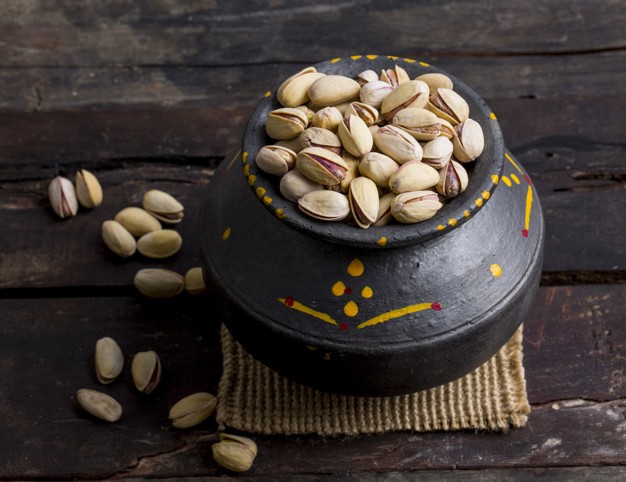
Let yourself be charmed by the aromatic elegance of our organic shelled Brontë PDO pistachios in shell, grilled and without salt, a Sicilian jewel grown on the volcanic slopes of Mount Etna.
Nurtured by mineral-rich lava soil and the Mediterranean climate, they reveal a refined, intense and delicately buttery flavour, truly unlike any other.
Certified PDO – Protected Designation of Origin, they carry Europe’s highest guarantee of authenticity, origin and excellence.
Harvested and processed in Brontë by a family-run estate that has preserved this precious know-how for generations, these organic pistachios embody Sicilian heritage, patience and culinary artistry.
The harvest takes place only every other year — allowing the trees to regenerate and the pistachios to concentrate all the nobility of the terroir and the strength of the volcano.
Naturally rich in vitamins E and B, magnesium, calcium, iron, antioxidants and plant-based proteins, they are a valuable source of vitality — ideal also for vegetarian diets.
They offer a smooth, refined texture and elevate your dishes, desserts, pastries, and drinks.
A small handful a day supports wellness, radiant skin and natural antioxidant protection.
A biological treasure of Italian gastronomy, selected with care for you.
HECOSFAIR sources directly from Italian producers through short supply chains, ensuring freshness, traceability and authenticity in every product.
🌡️ Once the package has been opened, we advise you to keep the product in a cool, dry place, away from light and humidity, so that it retains all its nutritional and taste qualities.
⚠️ Do not consume this product in case of allergy to shelled fruits and oilseeds (nuts).



![]()


![]()

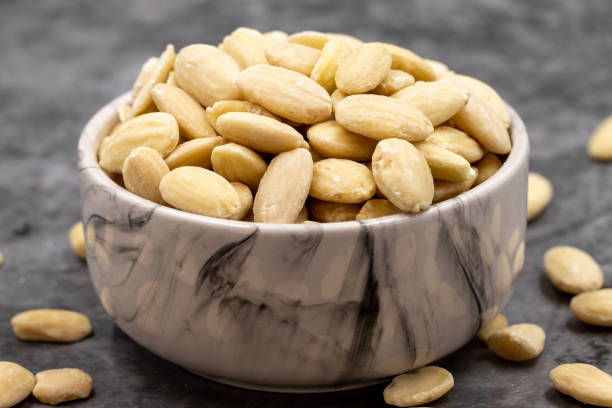
Our tasty raw and whole blanched organic almonds come to us from small family businesses in France.
They are ideal for your snacks, dishes, desserts and pastries.
Packed with vitamin E and B, magnesium, calcium, iron and protein, they are a good alternative for a meatless diet.
Contrary to popular belief, oilseeds, including almonds, do not make you fat.
They increase the satiety effect and slow down the absorption of lipids.
They are a product from organic farming, certified by FR-BIO-09 or FR-BIO-01.
They are sold in a recyclable kraft zipped bag.
 Once the package has been opened, we advise you to keep the product in a cool, dry place, away from light and humidity, so that it retains all its nutritional and taste qualities.
Once the package has been opened, we advise you to keep the product in a cool, dry place, away from light and humidity, so that it retains all its nutritional and taste qualities.
 Do not consume this product in case of allergy to shelled fruits and oilseeds (nuts).
Do not consume this product in case of allergy to shelled fruits and oilseeds (nuts).







